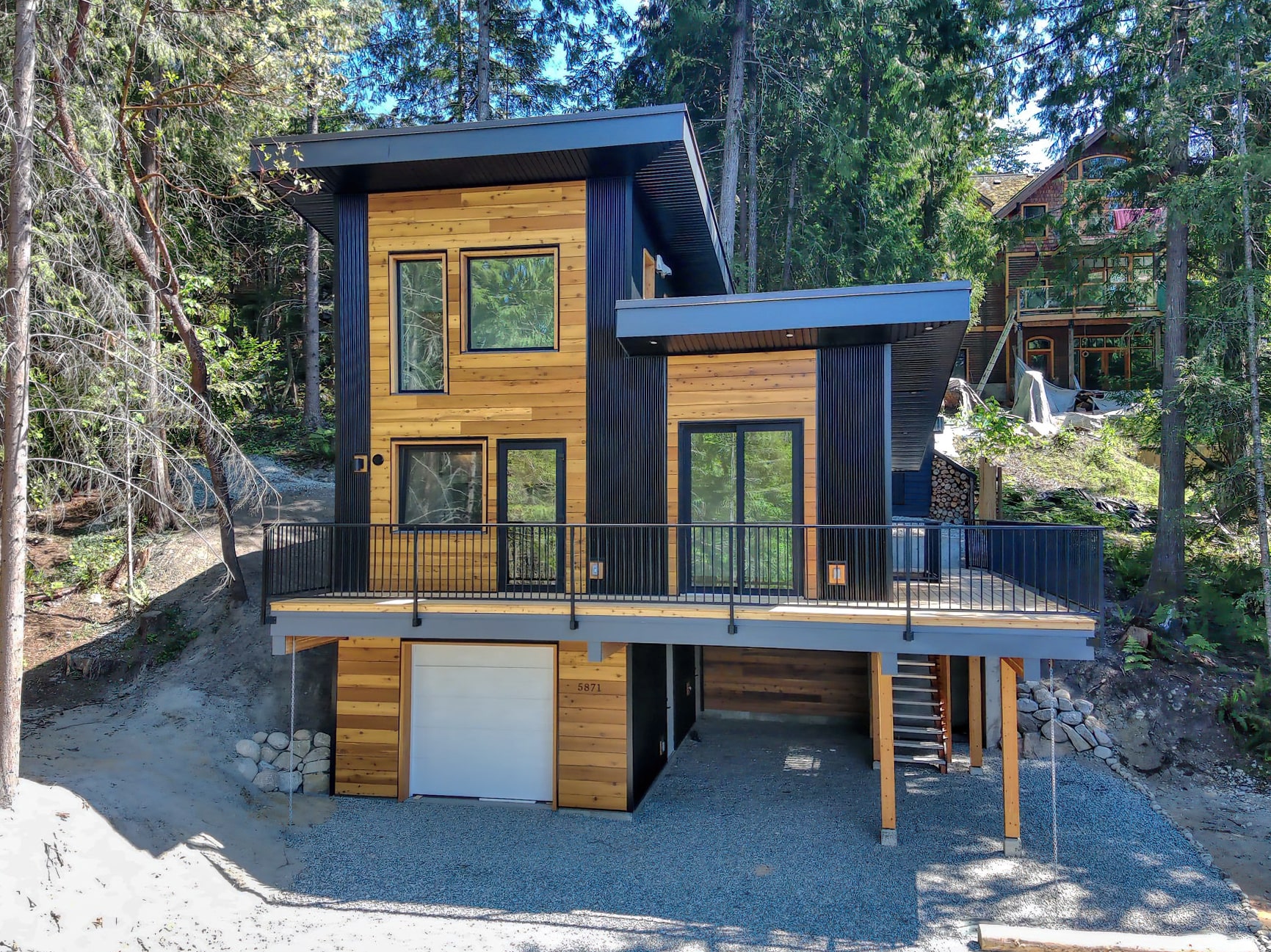
Updated May 2025
There’s been a lot of talk about the Zero Carbon Step Code and EL-1 in BC and a fair bit of confusion too. Let’s clear it up:
Since March 2025, the EL-1 Measure is officially in effect across BC. It does not require new homes to be all-electric. It simply means you must report operational emissions, which is already included in Step Code compliance tool. No new workflow. No extra form. No big deal.
EL-1: What It Really Means
EL-1 is the starting point in the Zero Carbon Step Code. It requires emissions from heating and hot water systems to be calculated and disclosed, not eliminated (yet).
In practical terms:
- You still submit your Step Code report as usual
- The report already includes operational GHG emissions
- You’re meeting EL-1 by doing what you’ve been doing
The goal? Transparency. EL-1 sets the foundation for stronger policies later (like requiring EL-4). For now, it’s just about tracking the numbers.
Note: Most jurisdictions in the Lower Mainland, Victoria, Nanaimo have already analyzed their numbers over the years and have already adopted higher Zero Carbon Step Code levels. For a full list of jurisdictions, click here.
All-Electric Homes: Still Worth It
We’re seeing more teams go all-electric anyway and here’s what we’ve learned:
- All-electric doesn’t cost more (see our full Case Study from homes in Victoria)
- Electrical panel upgrades are avoidable when designed properly (Yes, just ask your electrician!)
- None of our clients has ever failed Step Code and Zero Carbon metrics
We’ve worked with dozens of projects over the years. With smart planning, electric heat pumps and hot water systems can be sized efficiently, and you avoid costly add-ons like oversized panels (especially if you’re not stacking saunas, hot tubs, or elevators on top).
And here’s the bigger picture: by 2030, all new homes in BC will need to meet EL-4 — which means heating, hot water, and cooking will all need to be electric. The industry is heading there, and from what we’ve seen, it’s not a big deal. It’s already doable, and teams who start now will have no issues later.
Step Code Success Starts Early
There’s a clear pattern in our work:
Projects that involve us at schematic design save money and avoid rework.
Here’s why:
- We optimize insulation, windows, and forms upfront
- We help teams right-size equipment, not overspend on it
- We flag risks early (like low ceilings that limit heat pump placement)
We integrate mechanical design seamlessly into our scope, defining duct sizes and selecting efficient, space-conscious systems from day one. Because nobody likes a dropped ceiling and oversized ductwork or last-minute equipment swaps are a common (and avoidable) source of cost and frustration. We make sure building envelope and mechanical systems are designed together, not in silos.
Hiring your energy advisor late? That’s when projects get expensive.
Hiring us early? That’s when the whole design team moves smarter.
What You Should Do Now
If you’re building a new home or multiplex now, here’s the move:
- Design with 2032 targets in mind: Step 5 and all-electric systems will soon be the baseline
- Zero Carbon Step Code isn’t a burden when we address mechanical design and fuel choices early
- Bring us in early so we can work in your best interest as one of our clients put it, that’s when we add the most value
“Working with Elisabeth and her team is absolutely great. They keep things simple, are knowledgeable, and act in the best interest of you. It’ll be hard to find better energy advisors than Carbon Wise.” Julius Soria
You’ll avoid last-minute decisions, stay ahead of regulation, and deliver a high-performing, future-ready home without the stress.
Have questions about how the Step Code and Zero Carbon Step Code affect your next project?
We’ve got answers. Reach out and we’ll walk you through it.
